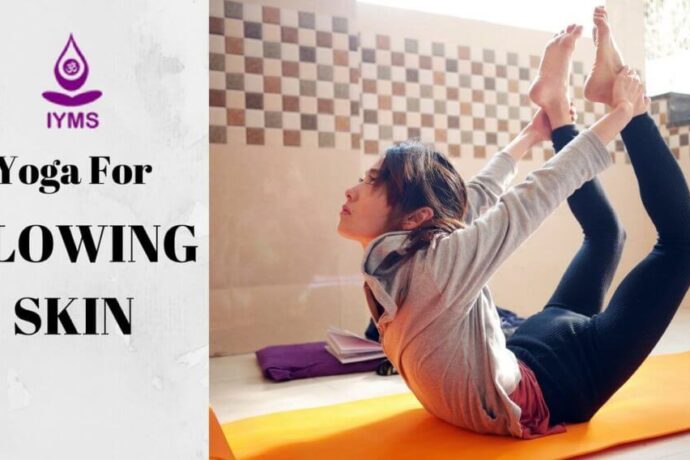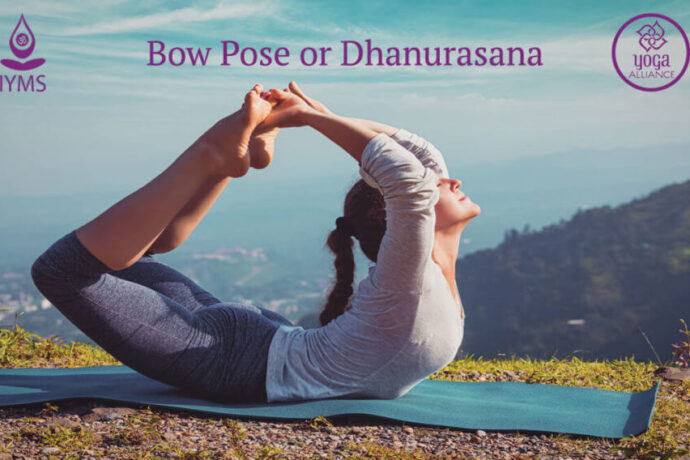Winter can be a tough season to do anything owing to the cold temperature and your inviting warm beds asking you not to leave. Just as everything, it also becomes an excuse for most of you to not carry out your fitness regime, even if it’s yoga, and just laze around. After all, who wants to change into workout clothes in the cold when you are already warm and cosy under your blanket?
That is everyone’s winter story and I am sure you can easily relate to it as easily as everyone else.
As yogis, you are already addicted to yoga practice and would not want to miss out on it even for a single day. Ayurveda suggests that there are Doshas associated with every season and winter relates to Kapha Dosha which becomes dormant as this season sets in.
Dormancy of this Dosha leads to imbalance, thus weakening the body’s immunity and causing us to fall sick, which is why you definitely need to practice yoga for winter. Imbalanced Kapha Dosha discourages healthy growth of muscles and other body tissues and restricts our movement and power to think right.
Winter is a time when you are least active, and the normal yoga activity that you have been carrying out all year around is not enough to transition into a healthy you when you move on to a new season. So, here are a few yoga asanas, meditative poses, and breathing techniques for your yoga practice in winter to help you eliminate any excess Kapha that you might accumulate during the cold season.
Yoga Practice in Winter – Warming Yoga Poses for Cold Winter Days
The poses described as follows are divided involve the combination of a winter yoga sequence for mind, body, and soul to balance the Kapha Dosha throughout the season and beyond. You can always mix and match them according to your comfort and requirement as you do your yoga practice in winter.
Breathing and Meditative Techniques
1. Skull Shining Breathing Technique (Kapalbhati Pranayama)

- Place your hands on the knees, with palms facing upwards.
- As you inhale deeply, fill your stomach with air.
- Exhale and release your breath from the stomach, pulling your navel in towards the spine. As you do so, relax the navel and abdomen, allowing the breath to flow freely into your lungs.
2. Alternate Nostril Breathing Technique (Nadi Shodhana Pranayama)

- Start again by sitting in Pranayama, keeping your spine and your shoulders erect.
- For the next step, place your left hand on the left knee, palms facing up, and the tip of your index and middle finger of your right hand between your eyebrows. Keep the ring finger and little finger rests on the left nostril, and the thumb rests on the right nostril.
- Shut your right nostril with your thumb and exhale gently through the left nostril.
- Next, inhale from the left nostril and shut it gently with the ring and little finger. Release the pressure of your thumb from the right nostril and then breathe out from the right.
- Repeat the cycles by breathing alternately through both nostrils.
- Keep your eyes closed as you practice and keep your breath gentle and smooth without forcing it.
3. Breath of Fire (Bhastrika Pranayama)

- Sit in Padmasana on your yoga mat.
- Inhale gently and fill your lungs with air. Hold your breath for five seconds and then exhale forcefully.
- The process of inhale and exhale forcefully will looks like you are panting.
4. Right Nostril Breathing Technique (Surya Bhedana Pranayama)

- As you sit in Padmasana, ensure to keep your spine straight.
- The pose requires you to breath only with your right nostril.
- Place the forefinger and middle finger of your right hand between the eyebrows and use the ring finger to shut the left nostril.
- Inhale deeply through your right nostril, filling in your lungs, and shut it with your thumb, holding your breath for 5 seconds.
- Open your left nostril and release your breath.
- Repeat the practice imagining that you are inhaling positivism and exhaling all negative thoughts.
Yoga Poses
5. Crescent Lunge Pose (Anjaneyasana)

- Stand in Tadasana towards the edge of your mat, facing the longer side of it.
- Inhale and place the right foot ahead of you.
- Exhale and bend your right knee such that it is in line with your right
- Ensure that your spine is erect, and the lower left leg is resting on the floor behind you.
- Inhale and raise your hands above your head.
- Exhale and bend your body backwards such that your body forms an arch.
- Hold the position for 10-15 breaths and straighten your spine.
- Come back to initial position and repeat on the other side.
6. Shoulderstand (Sarvangasana)

- Start by lying down on your mat. Keep your hands by your side and your heels together. Ensure that your palms are pressed down on the floor.
- Press your palms down and raise your legs from the hip upward.
- As you get comfortable, push your legs backwards to your head, raising the hips off the floor, touching your toes to the ground above your head.
- Use your hands to support your hips, keeping the elbows shoulder-width apart.
- Bend your knees and slowly raise your feet up to the sky, with the toes pointing upward.
- Stay in the pose for 5 breaths.
- To release, bring down your legs and bend the knees towards the forehead.
- Gently lower your hips to the floor, slowly releasing your hands off your hips and bring down your feet to the floor as in the starting position and relax.
7. Headstand (Sirsasana)

- Start in Dolphin Pose.
- Clasp your hands together to create support for your head.
- Ensure that your spine is erect and that your back is not rounded.
- Draw your legs closer towards your head until you stand on your toes.
- Slowly raise one leg up first and then the other, pointing the toes up to the sky.
- Ensure not to arch your body and maintain balance. Stay in the pose for 5 breaths.
- To release, lower one leg slowly till your feet touch the ground and balance yourself. Once you have created balance, lower the other leg too and come back to the Dolphin Pose.
Yoga Tips for Winter Season
Before you go ahead and do your practice, do your warm up exercises so that the muscles of your body loosen up, thus ensuring that you do not experience any type of stiffness or aching joints. This also means that you need to keep yourself warm by dressing right so that you do not fall ill.

- Keep up with Sun Salutations everyday: Sun Salutation is the best way to keep your body warm in winter as it is meant to create heat. So, remember to practice it every day during the cold winter months to ensure flexibility in dry weather.
- Stay away from a group class if you have a cold: If you have flu or are suffering from common cold, it is always better to stay home than going to class. Doing so will ensure that you do not spread the bug to your fellow yogis.
- Keep the germs away: Do not share your yoga mat with your fellow yogis and avoid contact with people in your class. You do not want to transmit your germs to others through all the sweat that you shed or vice-versa and fall sick.
- Keep a change of clothes ready: When you are out practicing at your yoga class you will be sweaty and would not want to step out in the cold like that because you could catch the flu or worse. So the solution to this is to carry a fresh set of clothes which you can change into, to help you stay warm outside.
- Sleep well: Sleep is the most important component in any season. So get the right hours of sleep and do not try to oversleep so that you can stay fresh and healthy all season long.
Conclusion
Practicing yoga is the extra layer of protection that your body requires as winter sets in. In addition to the physical benefits, yoga practice in winter also helps in relieving any health issues and stress, while serving to elevate your mood in the dry and dull season. Whatever you are doing this winter or wherever you may be, practicing this ancient art will only make your body thank you as you transit into spring. Observe the tips and keep your winter yoga practice at hand to get the best results out of it.












Leave a comment